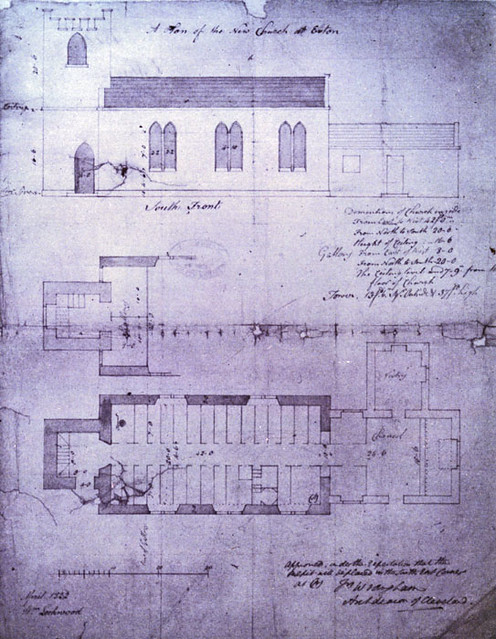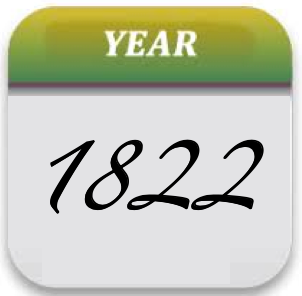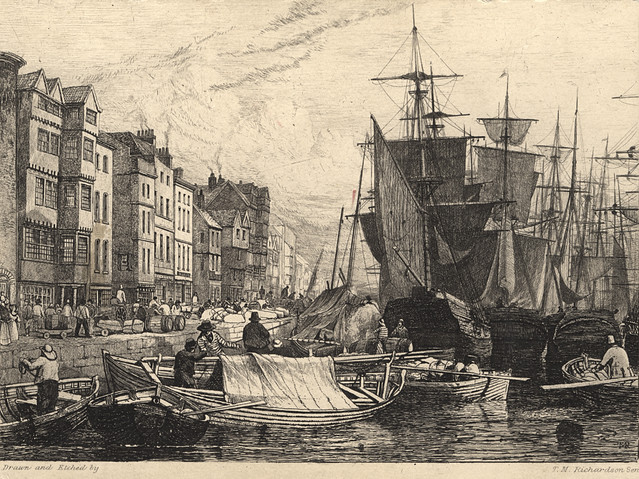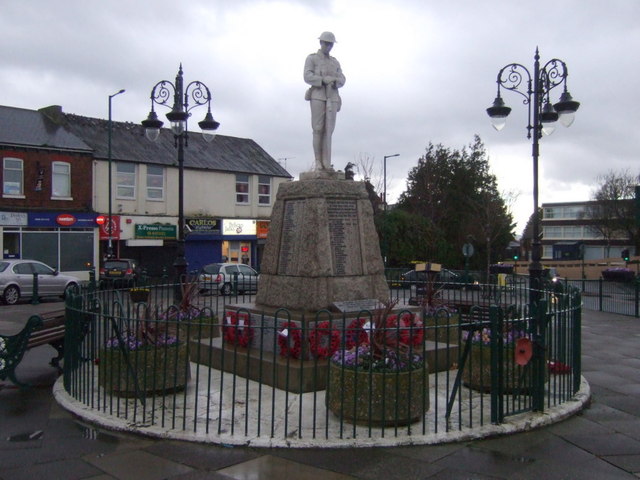Eston Church 1822 as planned

-
Description
1822 faculty showing the proposed alterations making the Church a Georgian preaching box very much in the style of nearby Skelton. It is the best record of the lost vestry but also shows a restyled tower which only happened in the crudest recutting of the South door and the crenelations and belfry openings which didnt happen. The North of the nave is interestingly shown as only having two windows when infact it ended up with three, matching the South elevation. St. Helens, the old Parish church of Eston, dates back to around 1100. Back In 1998, the church had been disused for around 15 years and repeatedly burned out, partially demolished by local vandals - even the vestry had been stolen in its entirety for its stone. Despite being a Grade II listed building, permission had been granted by English Heritage and local authorities for its demolition. Fortunately Beamish stepped in at the last moment to rescue the church for preservation. We carefully deconstructed it stone by stone for rebuild on the Museum site and work has recently begun on the reconstruction of the Church next to Pockerley Old Hall. For more information on the history of the church, visit http://collections.beamish.org.uk/pages/estonchurch" >our website. -
Owner
Beamish Museum -
Source
Beamish (Flickr) -
License
What does this mean? All Rights Reserved (Seek permission to reuse)
-
Further information
Link: https://www.flickr.com/photos/36275059@N02/5640701076/
Resource type: Image
Last modified: 9 years, 8 months ago
Viewed: 1024 times
Picture Taken: Unknown -
Co-Curate tags









